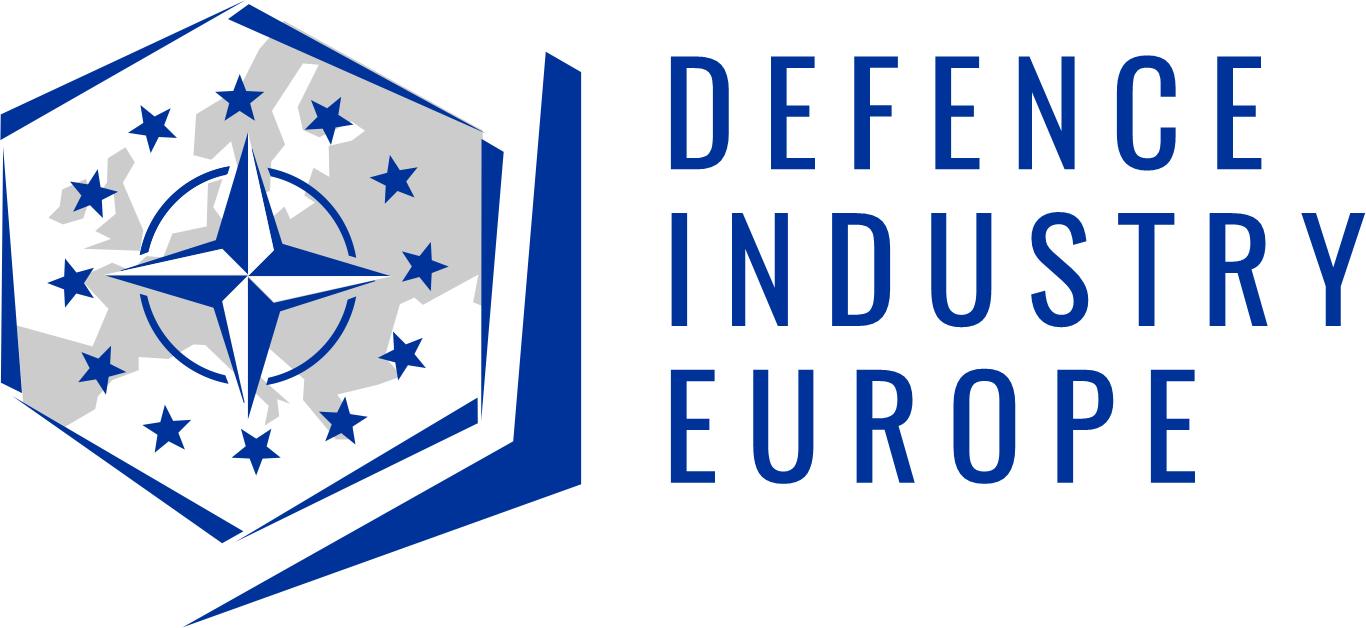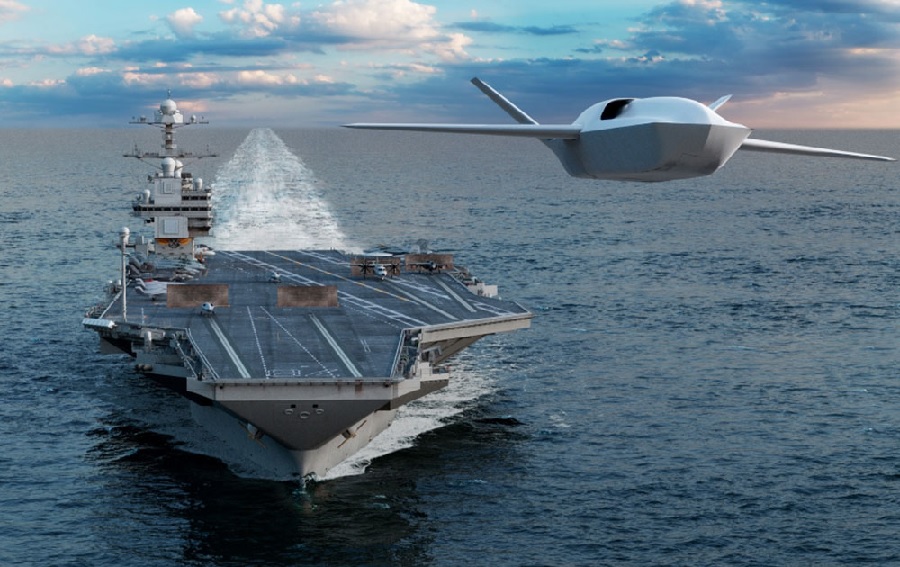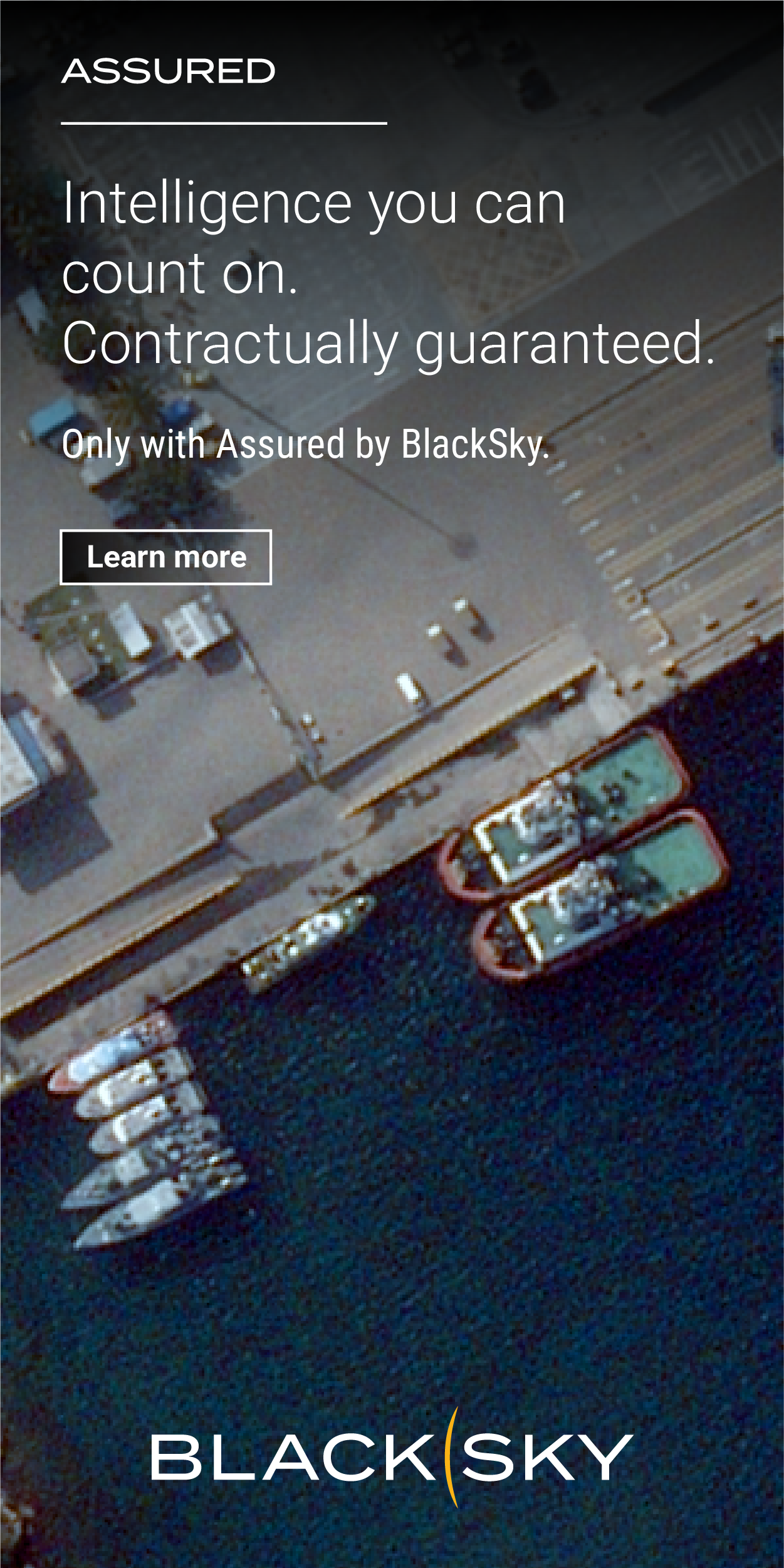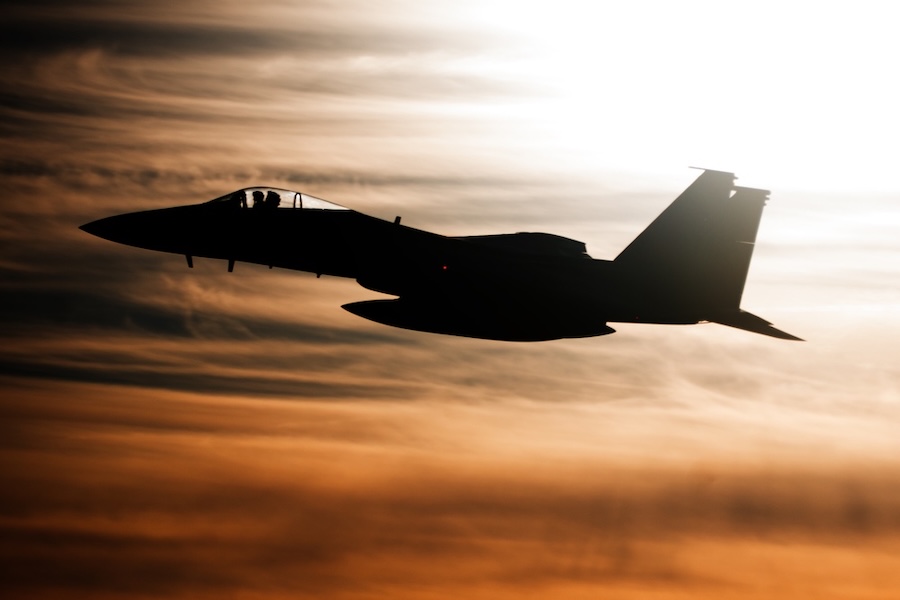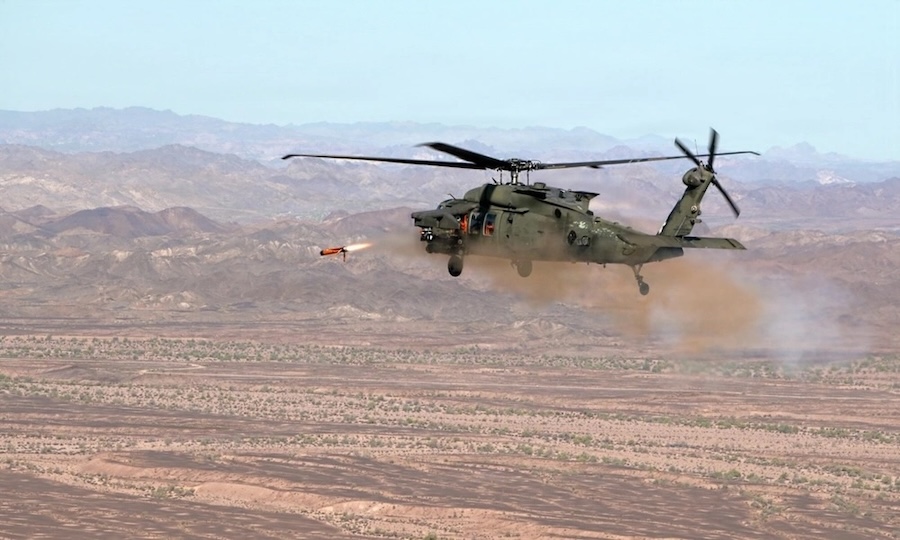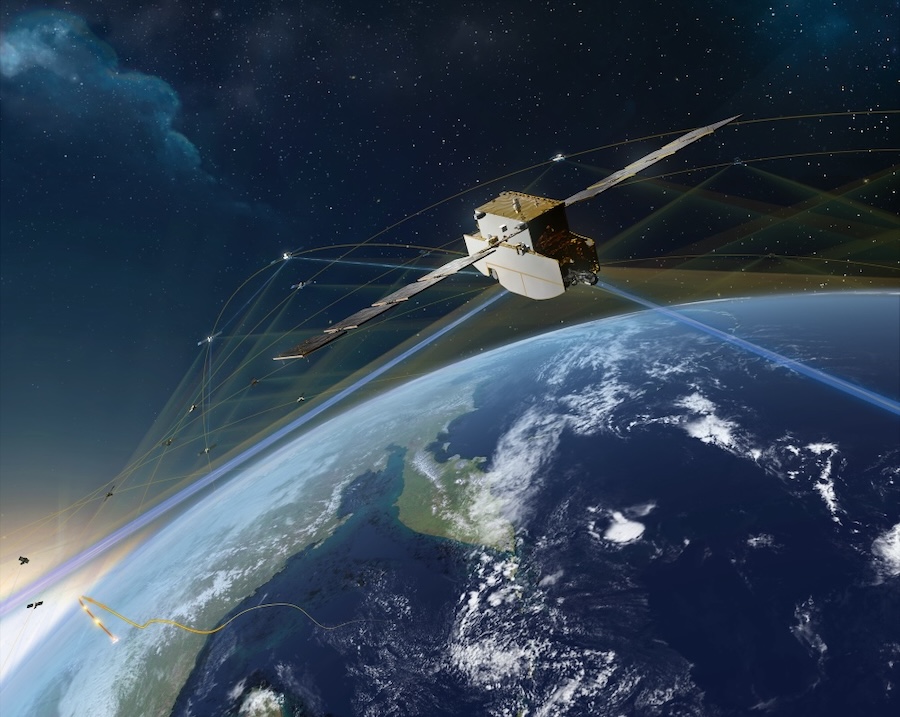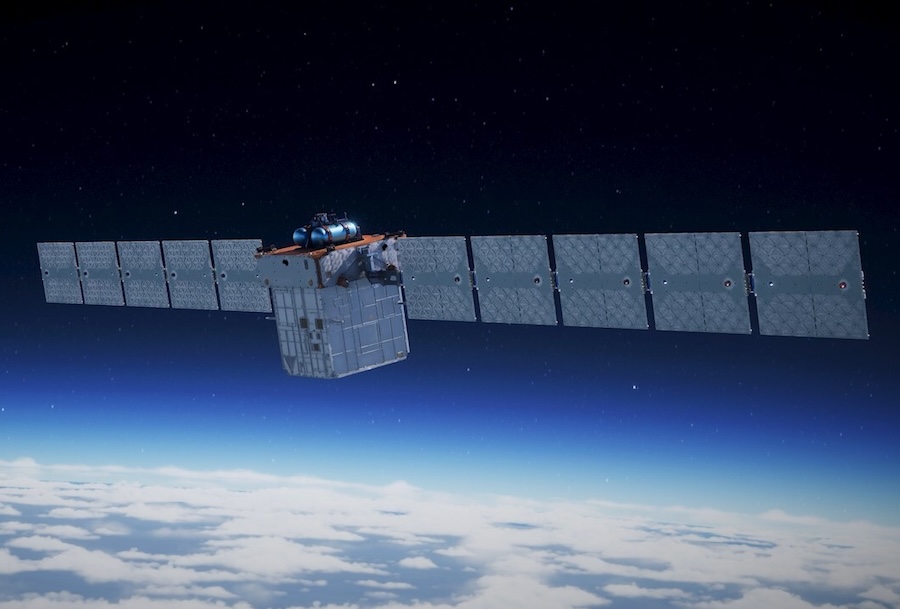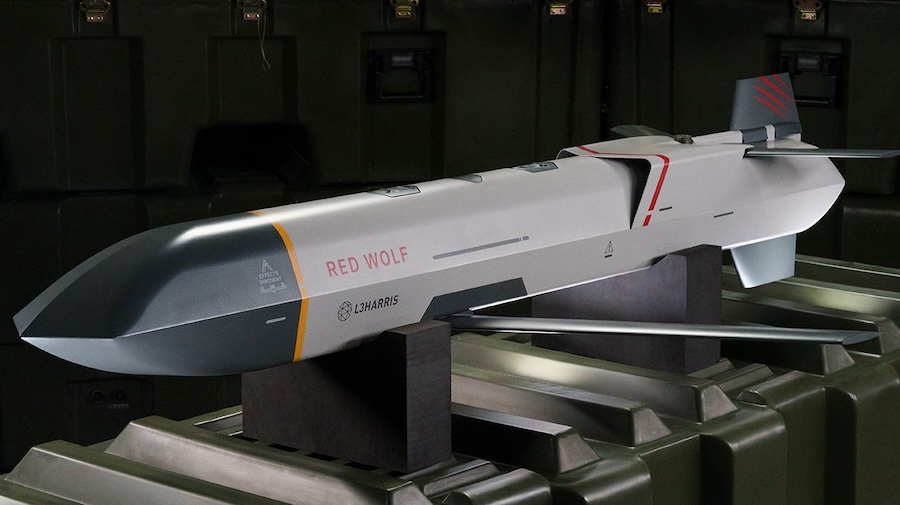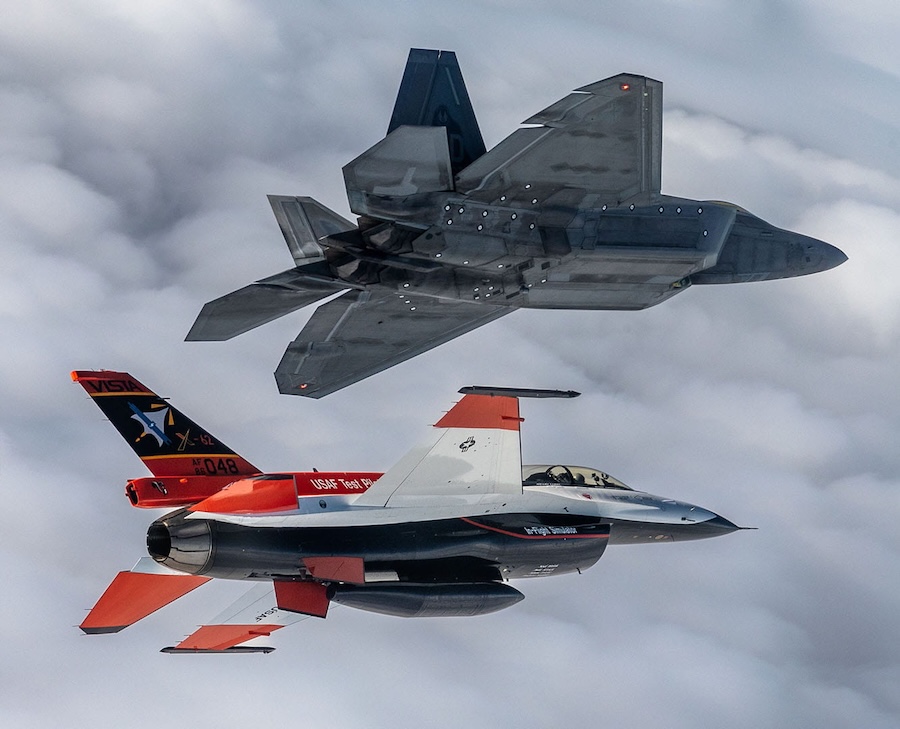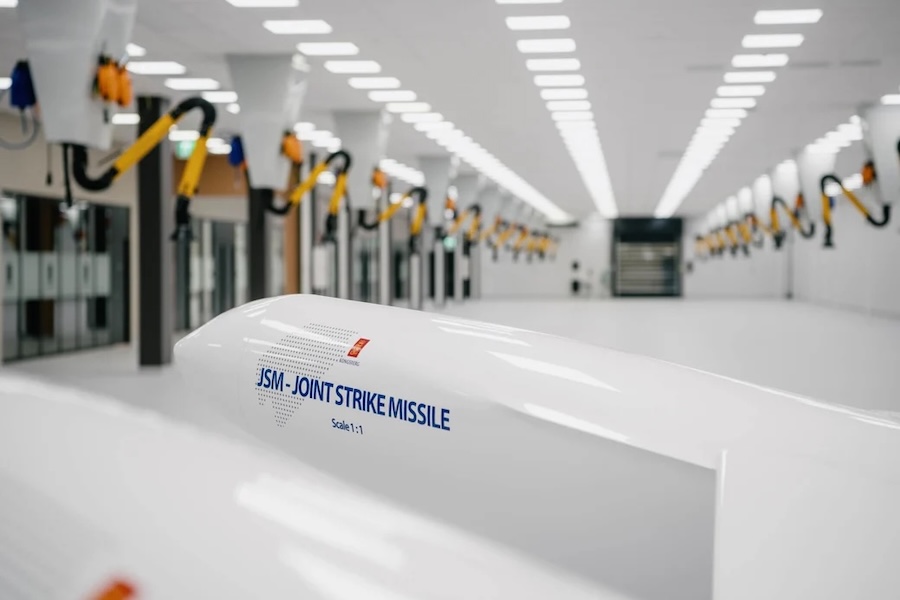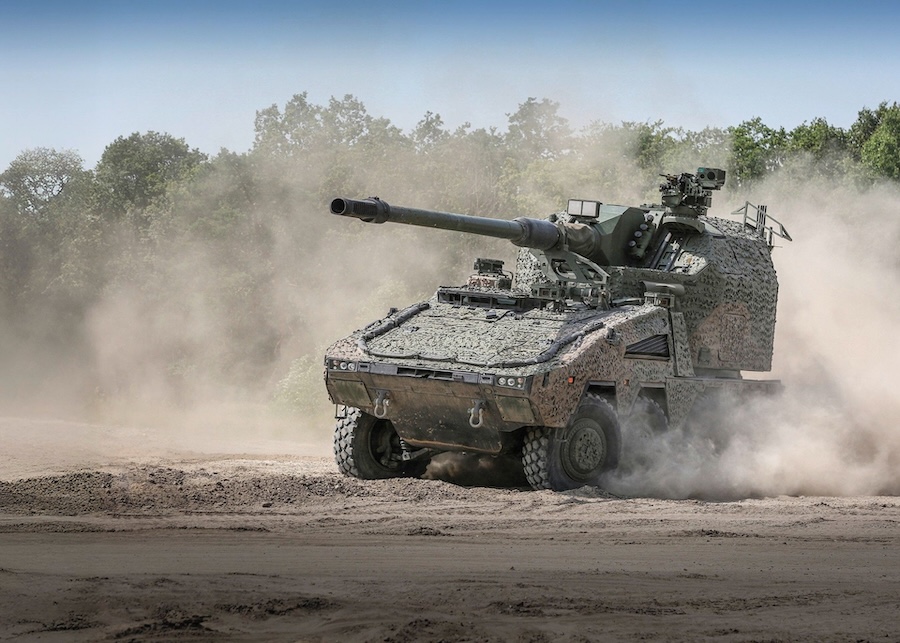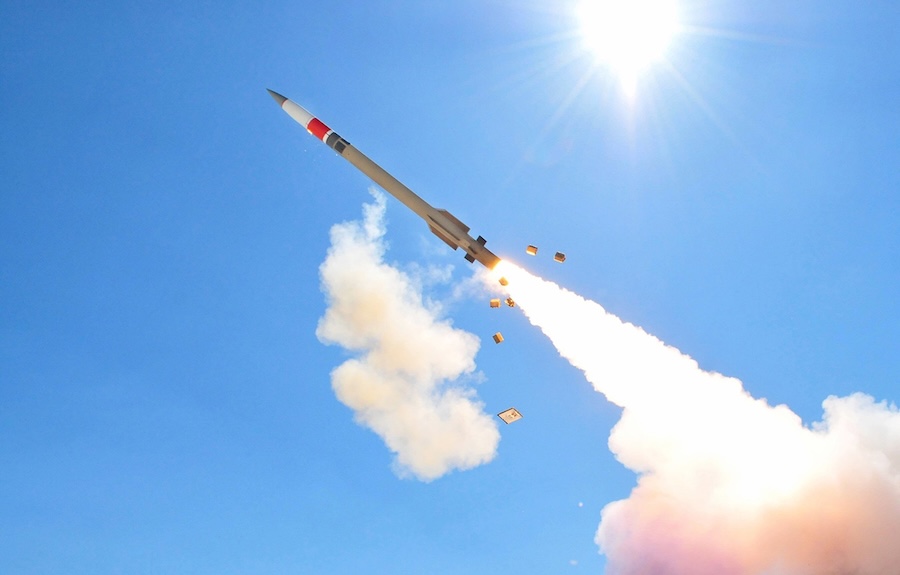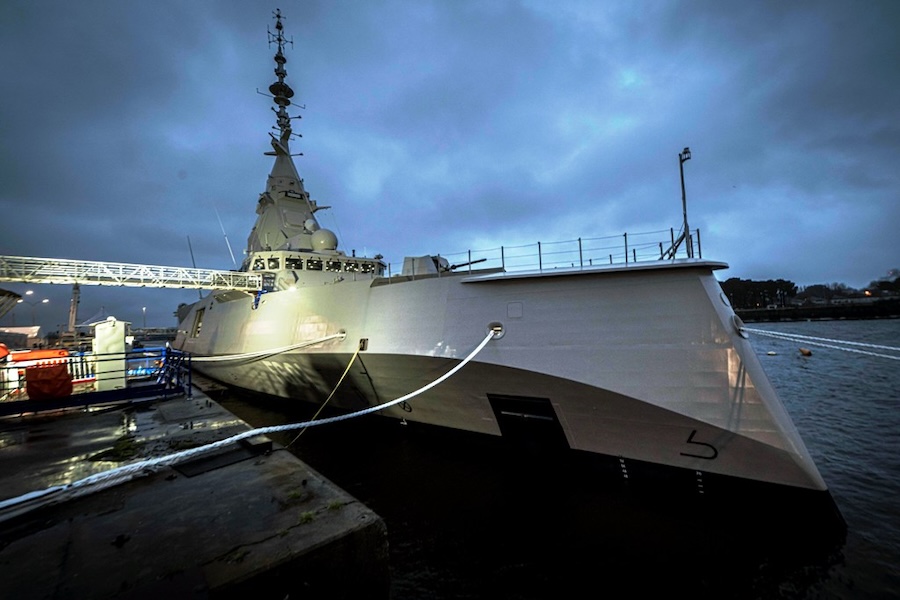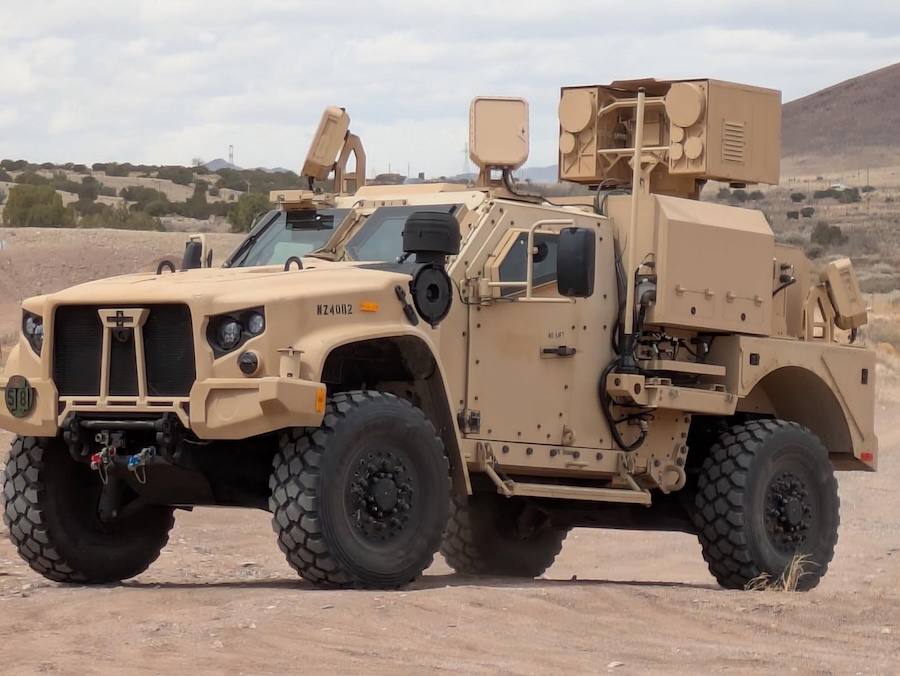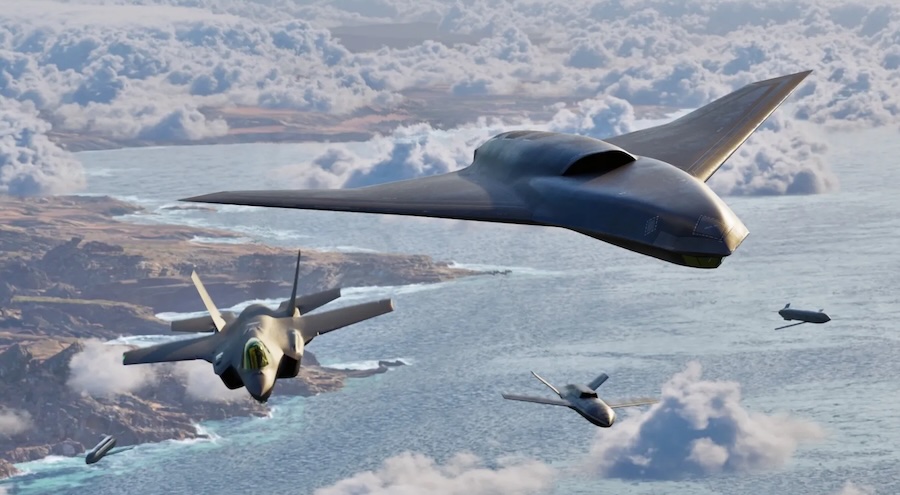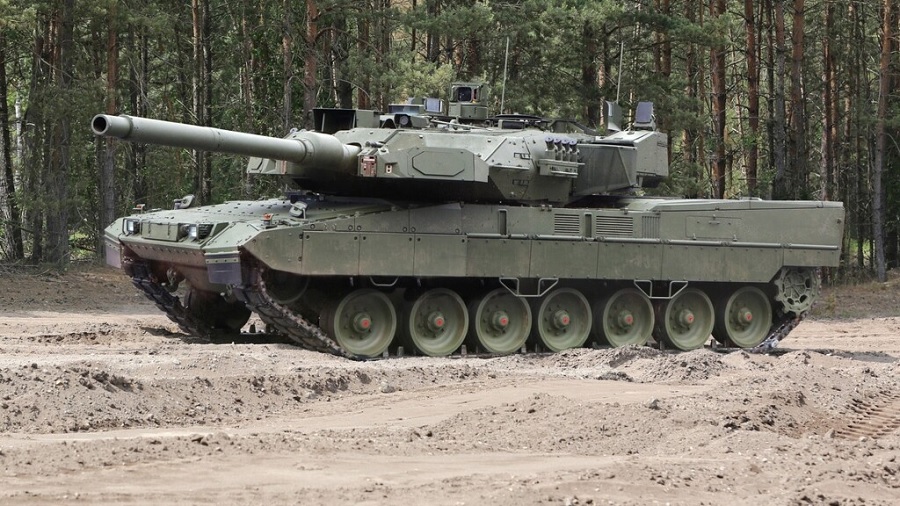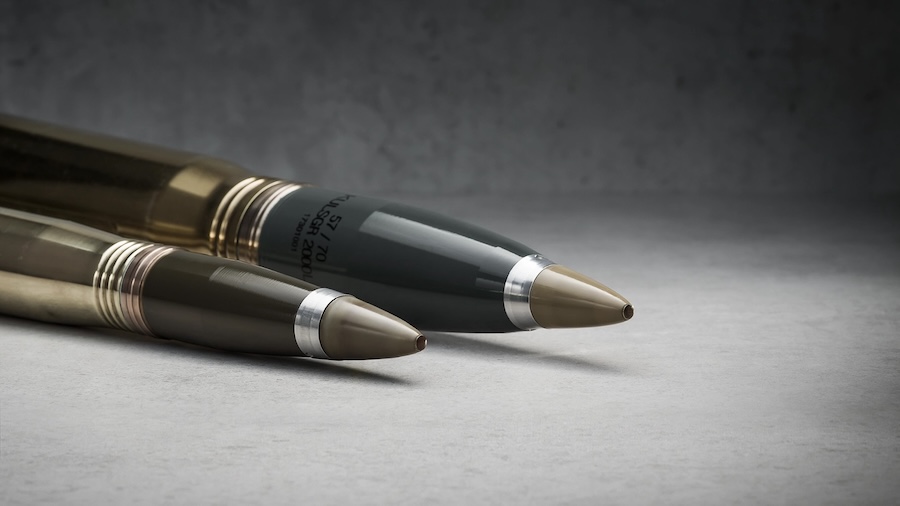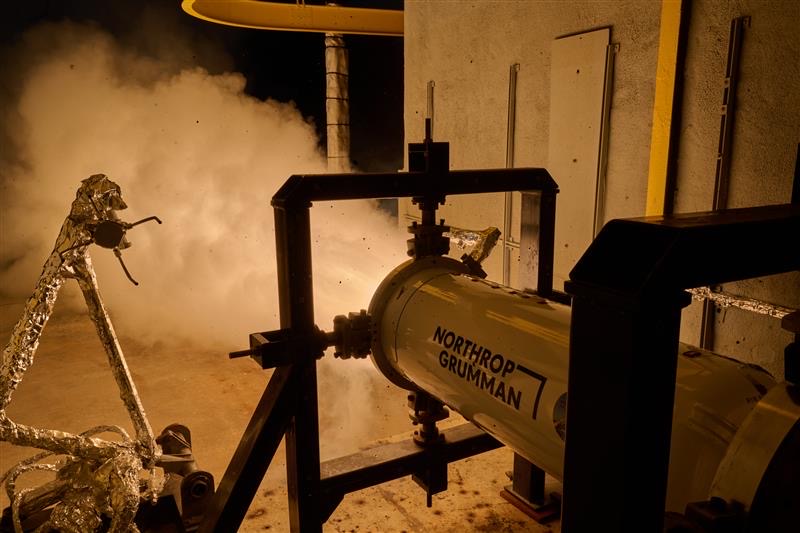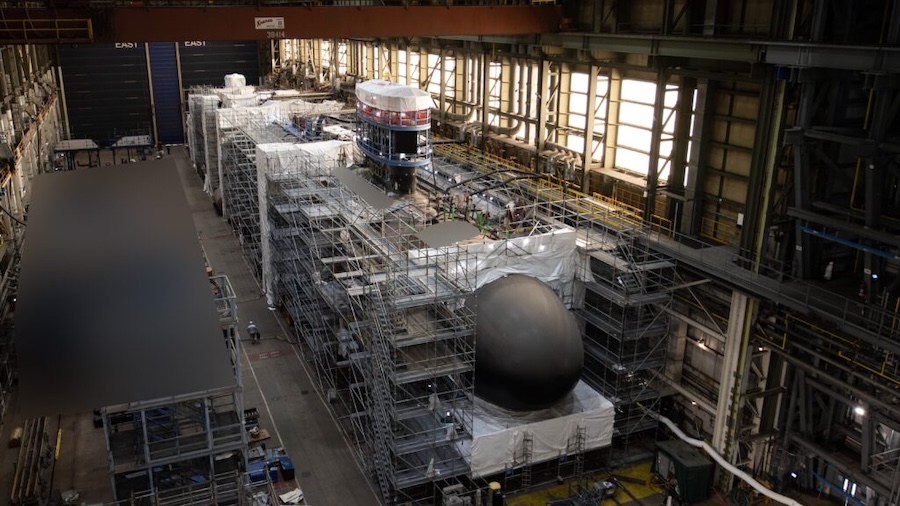GA-ASI’s concept supports the Navy’s acquisition strategy focused on smaller, frequent purchases that allow faster technology insertion rather than traditional long-cycle programmes. The company’s Navy CCA contract follows its role in developing and flying the U.S. Air Force’s first CCA, the YFQ-42A, which began flight testing in August.
“We’re honoured by the vote of confidence from the U.S. Navy and we’re eager to put what we’ve built to work for the future fleet,” said GA-ASI President David R. Alexander. “No one has more experience than we do with unmanned combat aircraft and we’re leveraging that to help the Navy get this capability onto the flight deck fast.”
CCAs are semi-autonomous jet fighters designed to complement manned aircraft while reducing risks to pilots. Built in large numbers and at lower cost, they enhance sensing, lethality, and flexibility across the carrier air wing.
GA-ASI has made all its unmanned combat air vehicles AMS-GRA compliant, including the XQ-67A, YFQ-42A and MQ-20 Avenger. The company rapidly reconfigured its modular XQ-67A Off-Board Sensing Station, an autonomous jet developed under contract from the Air Force Research Laboratory that achieved its first flight in 2024.
GA-ASI’s experience with carrier-based unmanned operations extends over 17 years, beginning with the MQ-20 Avenger in 2008. The Navy’s CCA design aims to integrate manned and unmanned platforms, enhance 4th- and 5th-generation aircraft, complement 6th-generation systems, and maximise operational efficiency.
At the Farnborough Air Show in 2024, GA-ASI presented its ship-based CCA concept, codenamed Gambit 5, part of its Gambit Series featuring multiple variants built from a common core for rapid, affordable production. The company also achieved major milestones with its Mojave demonstrator, which operated from the British carrier HMS Prince of Wales in 2023 and South Korea’s Dokdo in 2024.
GA-ASI has produced more than two dozen types of unmanned aircraft and delivered over 1,200 units worldwide. Its fleet has accumulated nine million flight hours, with more than 50 GA-ASI aircraft in the air at any given moment.


